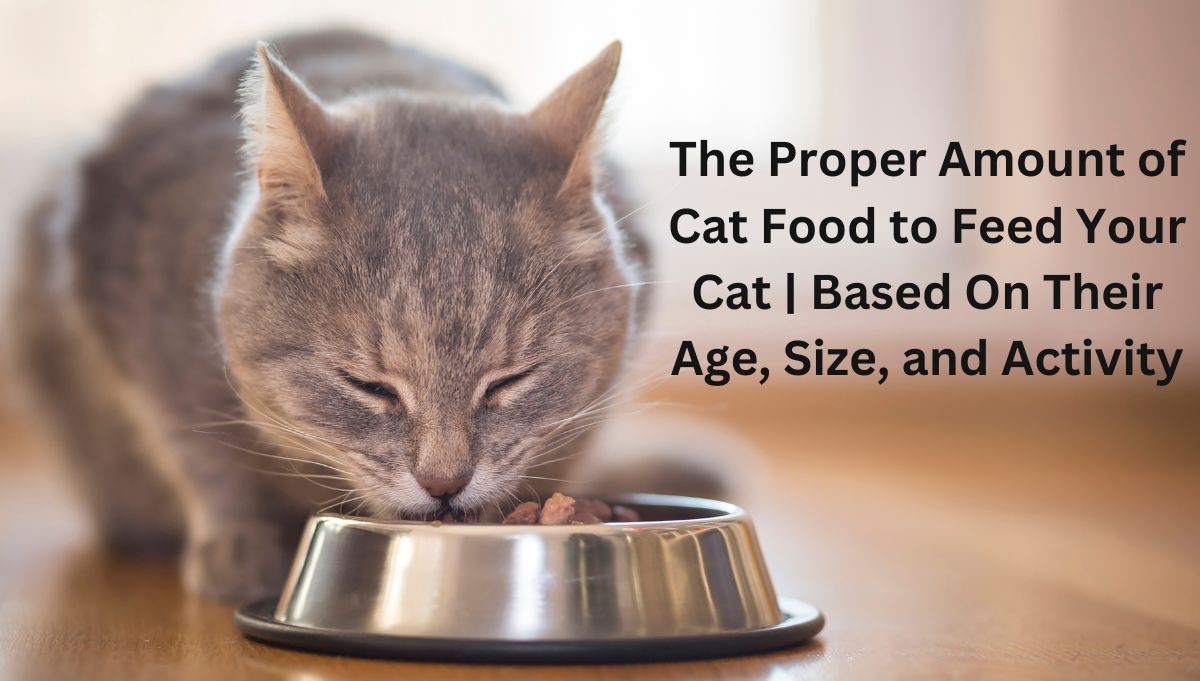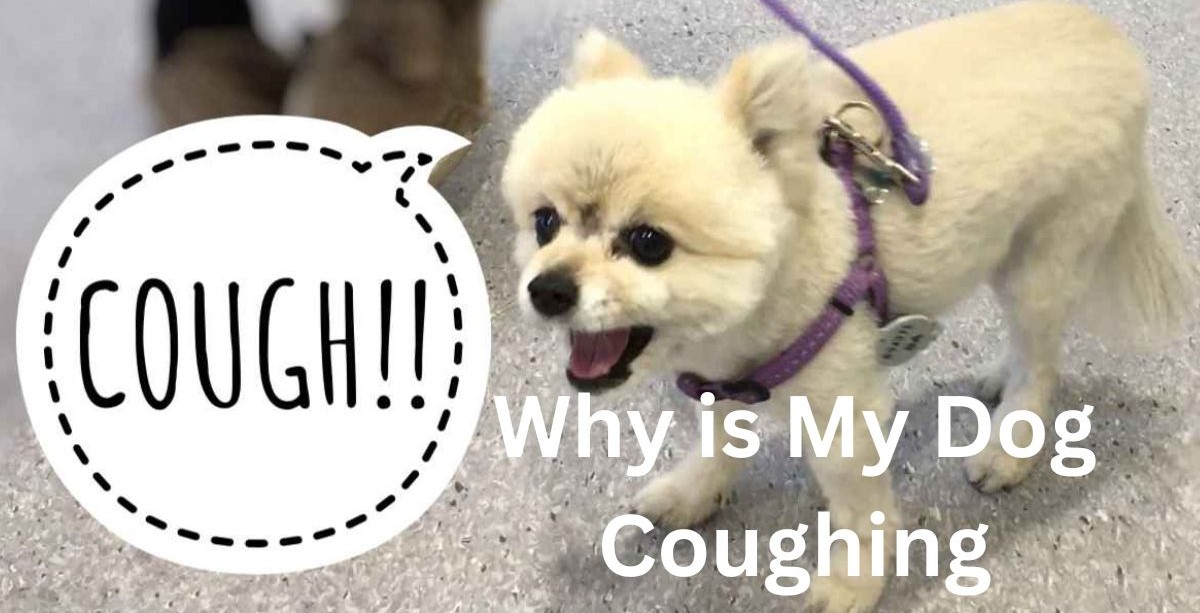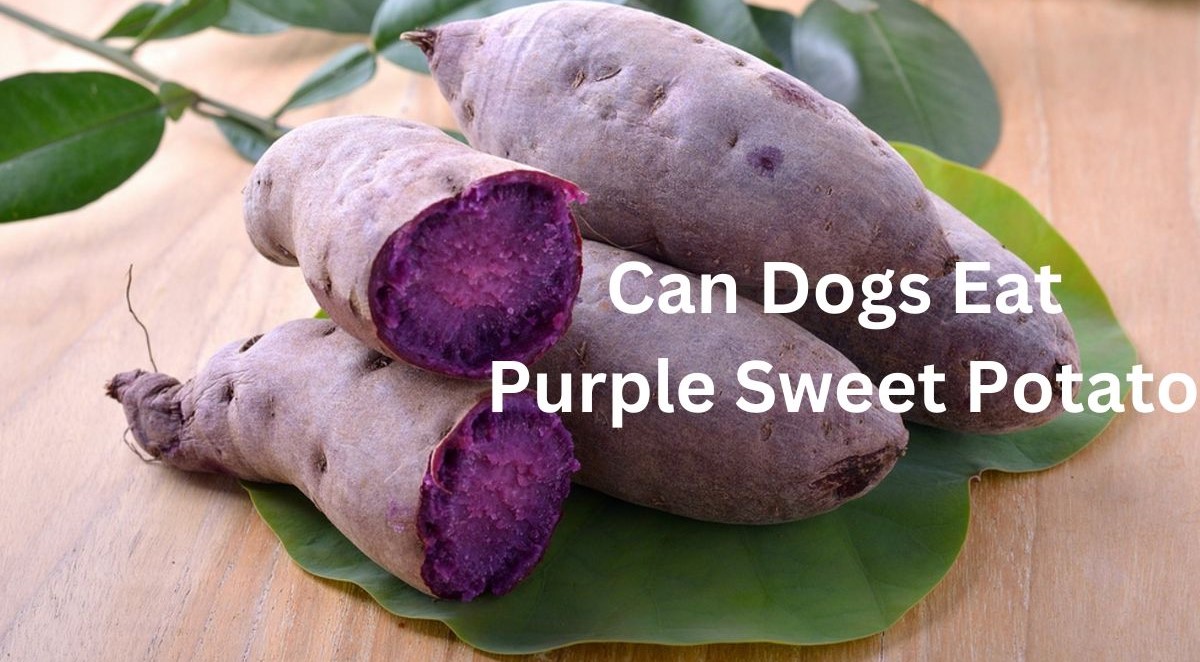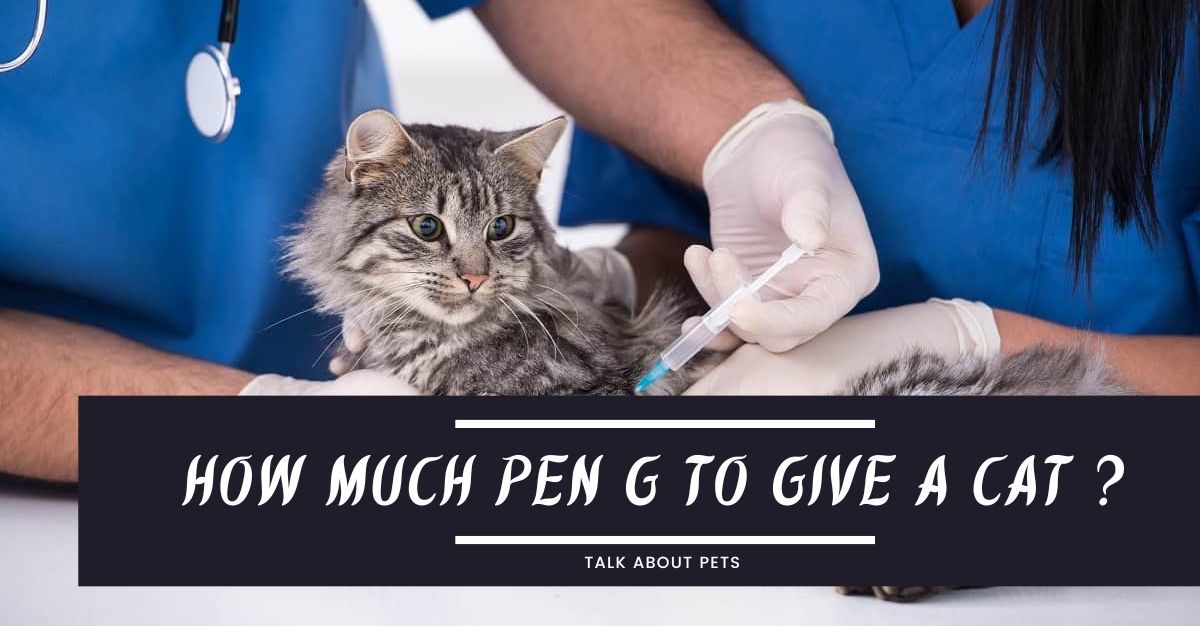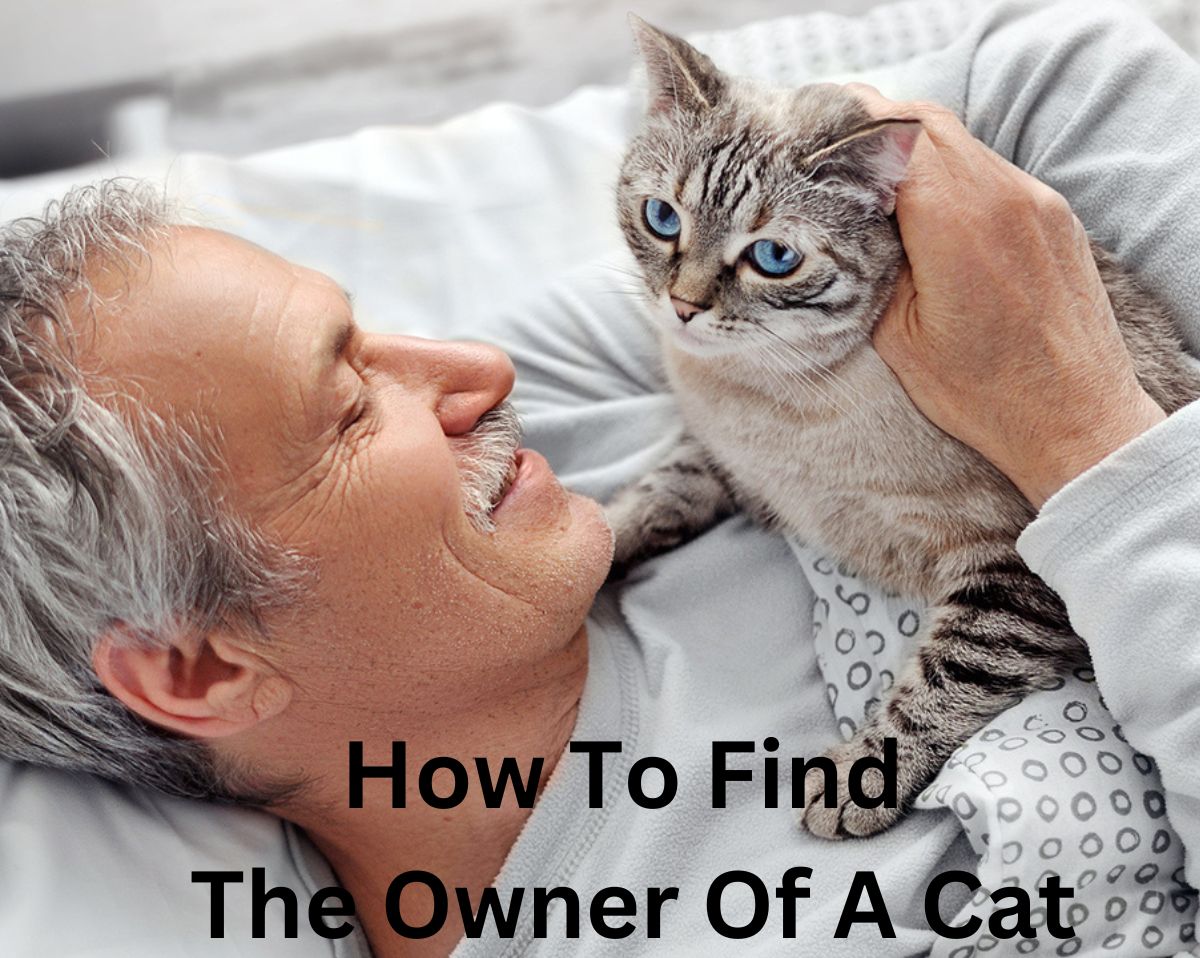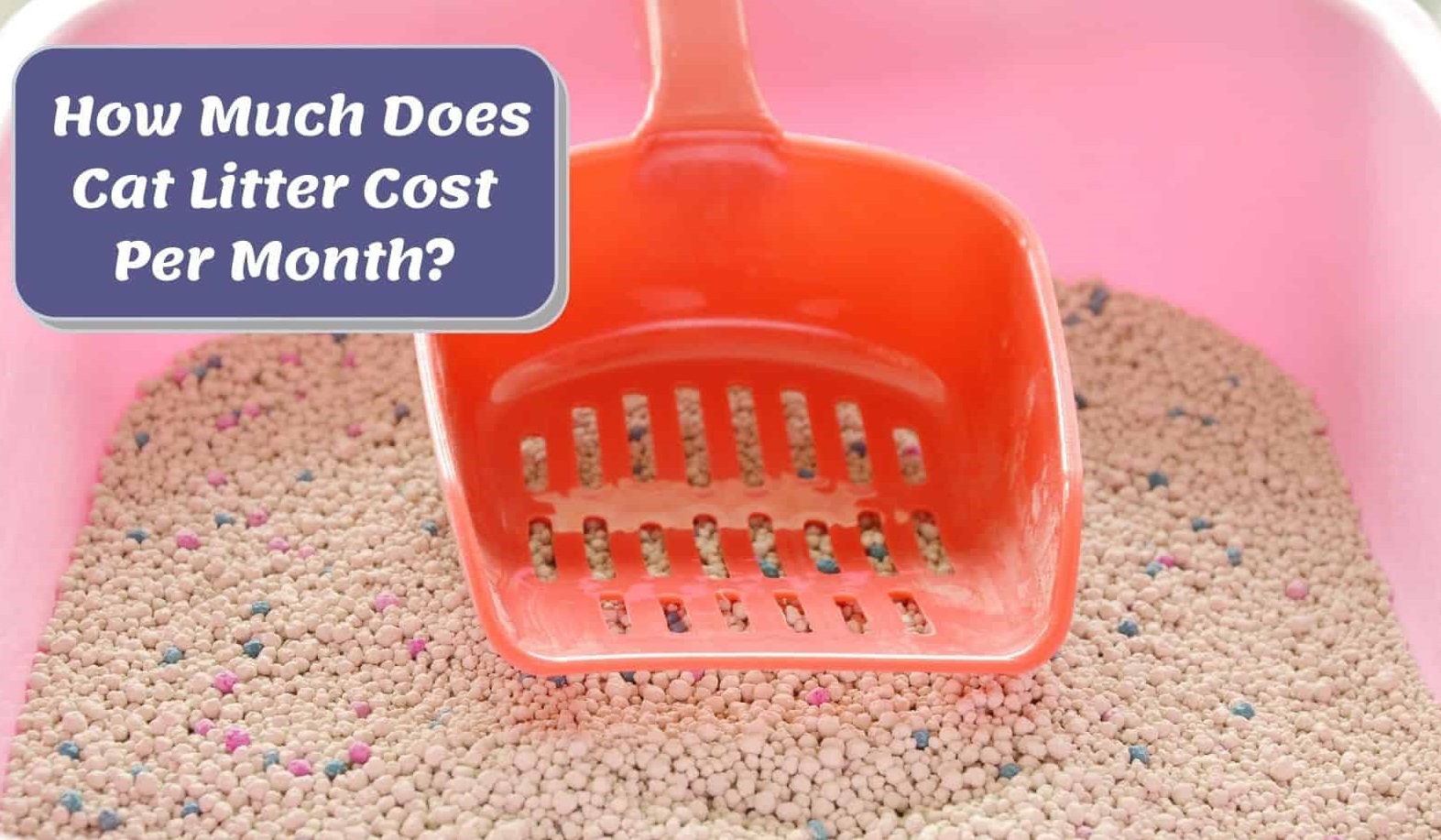Whether you’re a cat owner or not, feeding your cat food is an essential part of their care. And while there are many different types of cat food on the market, understanding how much food to feed them each day is essential for both their health and your sanity.
In this blog post, we’ll help you determine how much cat food to feed your cat based on its age, size, and activity level.
We’ll also teach you how to choose the right cat food for each group of cats. How to help your cat if they don’t seem to be eating their food. So stay tuned, and we’ll help you get started feeding your kitty the proper amount of food!
How much cat food should be fed per day?
Feeding your cat food is an important part of maintaining their health and well-being. But, feeding the right amount of food per day can be difficult for some pet owners.
The average ten-pound cat needs about 250 calories (rounded) from both wet and dry food each day to maintain its ideal weight.
An adult cat requires about 25 calories per pound of body weight. So a ten-pound cat would need approximately 300 calories daily (or 2 cups ).
Of course, calorie requirements will vary depending on age, breed, or gender as well as activity levels.
Kittens need feedings 3-4x/a day while adult cats may only need ½ – 1 cup a day at most. It’s also important that you give your kitty enough water throughout the day to ensure they stay hydrated. But don’t overdo it!
Too much water could lead to obesity problems later in life.
What to consider while choosing the right cat food
When it comes to feeding your cat food, there are several things that you need to consider. The type of food (canned, dry, or wet). This will depend on the condition of your cat and how much nutrition she needs at any given time.
The ingredients be sure not only that the food contains all basic nutritional elements but also nutrients such as vitamins and minerals. It may be lacking in diet due to age or health issues etc.
This is important for ensuring optimum health! The composition of the food should also take into consideration dietary requirements like weight loss/gain, high blood pressure, etc.
There should not be excess calories nor too few calories as overfeeding can lead to obesity and underfeeding can cause malnutrition.
Food rich in protein content helps keep the metabolism rate high which leads cats gain weight if left unchecked. Over-consumption of fats & sugars leading towards obesity can happen within weeks
How to determine the age, size, and activity level of the cat
It is important to determine the age, weight, and activity level of a cat before feeding it. This information will help you give them food that meets their specific needs (i.e.: calories and nutrition).
The best way to get this information about your cat is by first getting acquainted with them over time. Remember, cats are not always easy people!
Once you’ve gotten more familiar with the feline friend. Ask some simple questions like their age; how much they weigh?
Subsequently, use these measurements as guidelines when deciding on appropriate food amounts for each kitten or adult pet.
Which type of cat food is suitable for each age group?
What if my cat doesn’t eat their food?
There are several reasons why your cat might stop eating food that you’ve been feeding them regularly. They’re sick and not feeling well, or they just don’t like the food that you’re offering.
Whatever the case may be, if their appetite disappears then it’s important to take action right away so as not to cause any health problems further down the line.
Here are some of the signs one should look out for:
Vomiting –
This is often a sign of an underlying illness which can become much more severe over time if left untreated
Diarrhea–
This could state something much more serious such as infection by bacteria or even parasites be sure also to check for weight loss. Cats usually lose about 3% of body weight when suffering from malnutrition
Sudden change in behavior–
Changes in habits suchas becoming cage aggressive (biting) aggression towards humans Lack of interest in food/loves human food but won’t eat cat food
Frequently Asked Questions
Q- How often should I change my cat’s food?
It’s important to continue feeding your cat the same amount of food on the same schedule that she’s been accustomed to, no matter what. Cats are very sensitive to change, and a new cat will be dealing with a lot of new-environment stress.
When you’re ready to transition your cat over to your food and schedule, you’ll need to determine what kind of food you’ll be feeding her. Using calorie counts in each food, determine how much of which kind to feed her.
It’s a good idea to feed your cat several small meals throughout the day.
Q- What are some of the benefits of feeding cats a healthy diet?
Feeding cats a healthy diet has a range of benefits for their health and well-being. Some of the main reasons why feeding cats a healthy diet can be beneficial are as follows: –
Fewer health problems:
Feeding cats a healthy diet will help to prevent them from developing chronic health conditions such as obesity, cancer, and kidney disease. Kitties that eat a balanced diet tend to have fewer health problems, making them happier and healthier in the long run.
More energy: A healthy diet will boost a feline’s energy levels, giving them more stamina and vigor. This makes them less prone to being lazy and stressed, two common negative effects of a poor diet.
Shinier coats:
Cats that eat a healthy diet often have shinier coats because they’re getting all the nutrients they need to stay healthy and shiny. A healthy coat is one of the main signs of a cat’s health and well-being.
Cleaner teeth:
Cats that eat a healthy diet often have nicer teeth. Because their food is balanced and contains essential minerals and vitamins. Proper dental hygiene is key for keeping cats healthy and happy.
Better health:
A balanced diet is known to be good for your cat’s health and
Q- Do any types of food make better pet foods than others?
When feeding your pet food, it’s important to choose foods that are high quality and free of processed ingredients. Some of the best food options for pet lovers. It include unrefined, minimally processed foods such as vegetables, fruits, whole grains, healthy fats, and proteins. Dry pet food contains more carbohydrates than canned food.
Cat food is higher in protein, fat, minerals, and vitamins than dog food. Cats may benefit more from food containing animal products as its first two or three ingredients instead of corn or other grains.
Additionally, pet food manufacturers are required to supply nutritional information on their food packaging. This includes the amount of protein, carbohydrate, fat, sodium, calorie, and vitamin levels per serving.
Additionally, young kittens need more food than older cats, and those that are active need more food than sedentary cats.
Q- Is it okay to give my cat table scraps as part of their regular diet?
While it is okay to give your cat table scraps as part of their regular diet, it is important to be aware that this can lead to obesity and other health problems over time.
Table scraps should be given to cats as an occasional treat, not as part of their regular diet. This way, your cat will get the nutritional boosts they need without putting on weight or developing other health concerns.
If you do give your cat table scraps, make sure they are small and lean and do not include any bones.
Conclusion
Now that you know how much cat food your cat needs, it’s time to figure out which type of cat food to feed them. Based on their age, size, and activity level, you will be able to choose the best food for them.
Also, if your cat doesn’t seem to be eating their food, there are a few things that you can do to encourage them to eat. Make sure to read through the article and follow the tips given to help you feed your cat the right amount of food.

